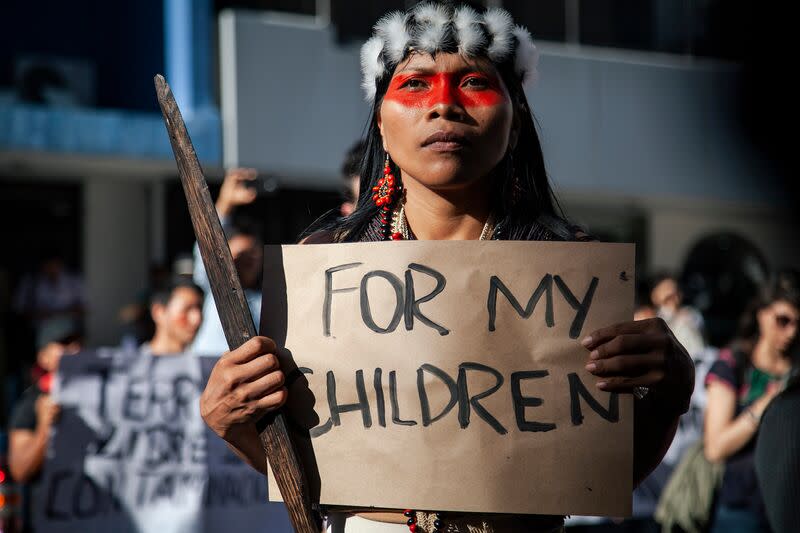

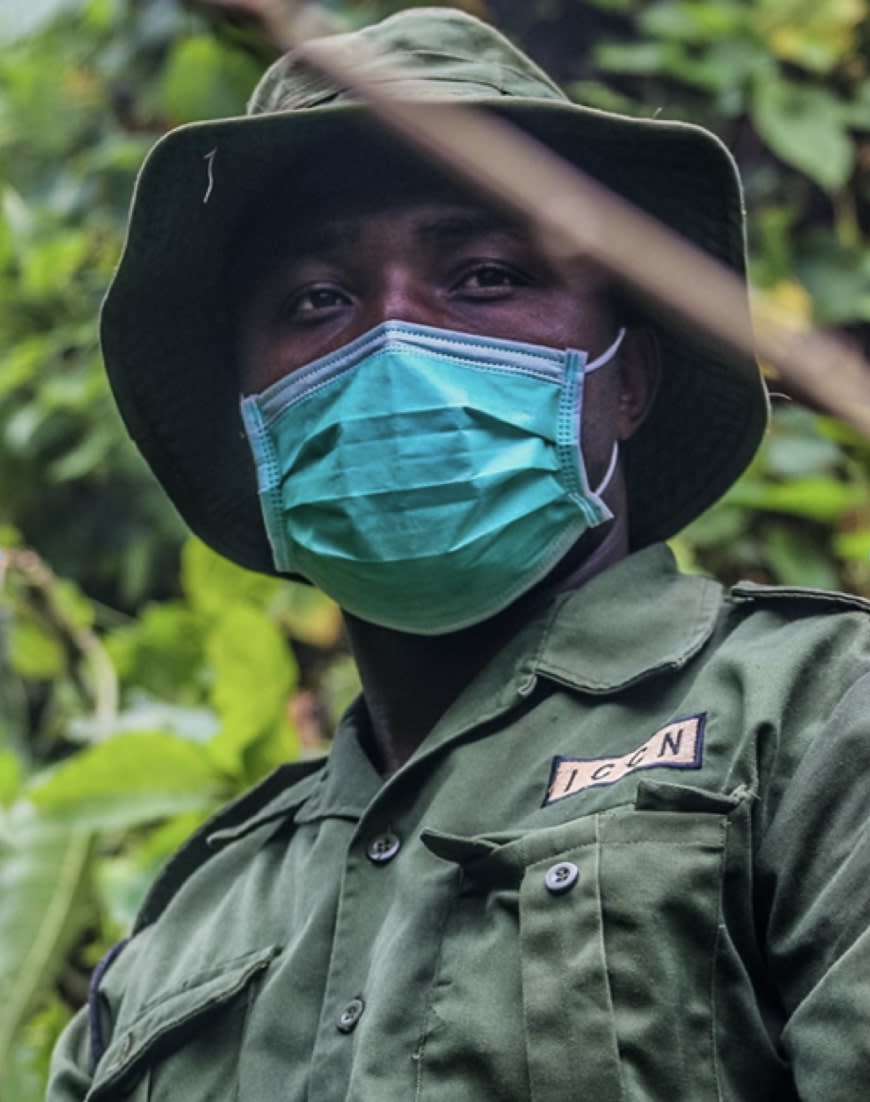
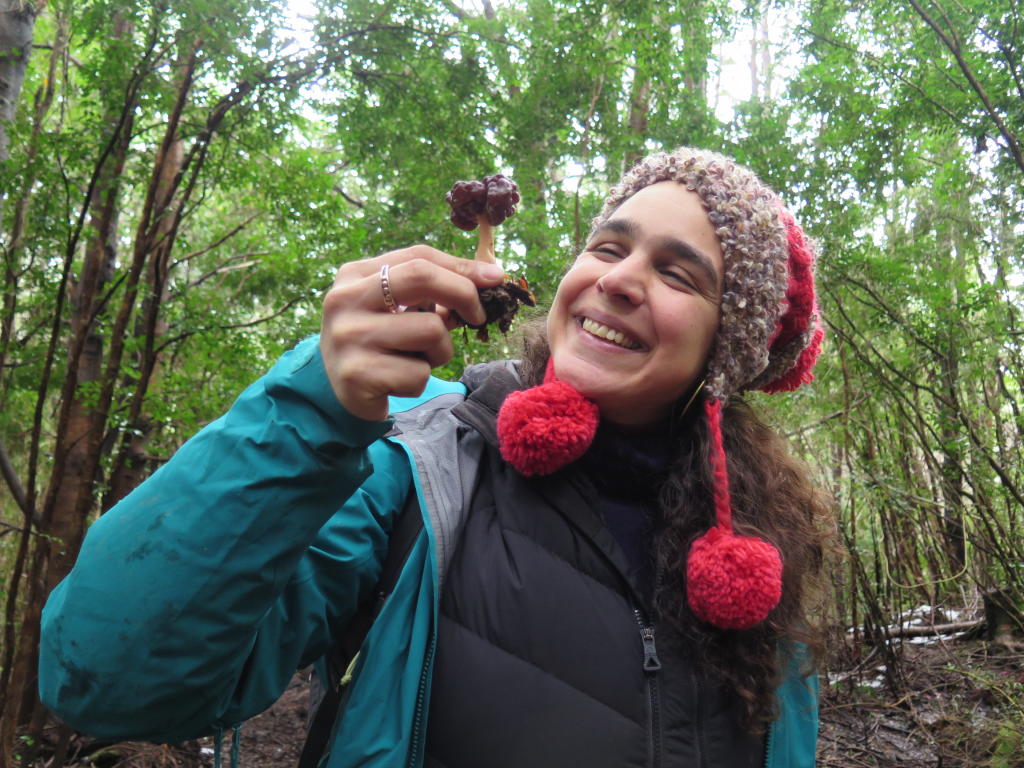



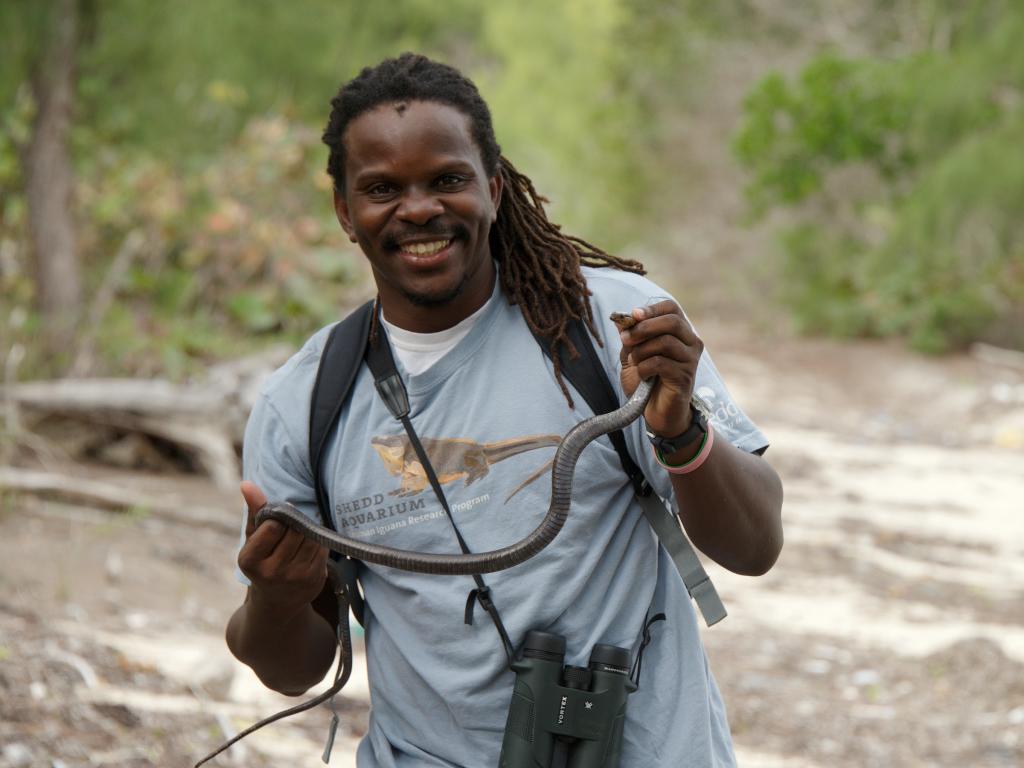
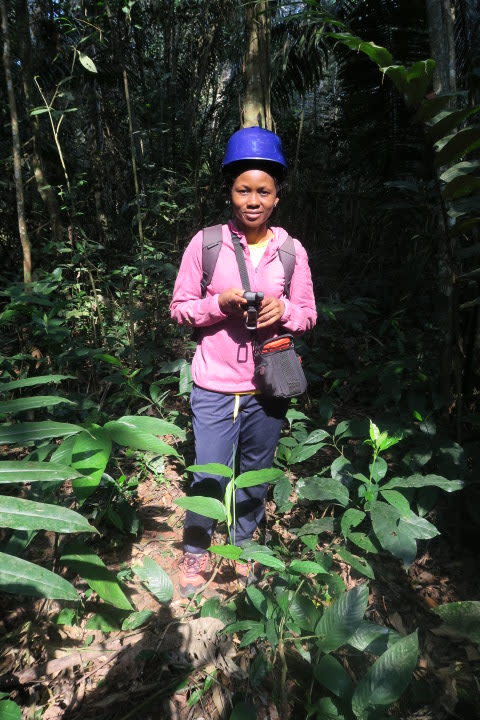


We do this because the solutions to our most pressing challenges — climate change, biodiversity loss and threats to human health — lie in nature. Re:wild works with 500+ partners, many of whom are Indigenous peoples and local communities, in more than 80 countries.
Join us for Earth Summit, hosted by COMMONS and Re:wild, to explore what it means to live within the Earth’s means April 22 in San Francisco and via livestream. Also, watch our new Re:wild Your Fridge video and take a quiz for a chance to win a GOT BAG!

Where conservation and cutting-edge technology combine.
Re:wild launches ambitious new campaign to empower individuals to protect the planet.
Working with our local partners, Re:wild is helping to protect and restore biodiversity in Madagascar.

565+ million acres in active conservation with partners
500+ partners in more than 80 countries
160+ new conservation areas being created
265 threatened species being actively conserved
31,000+ species benefitting









